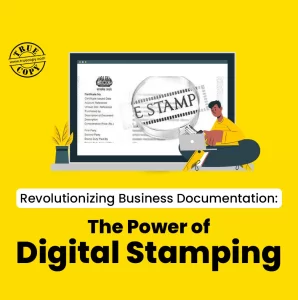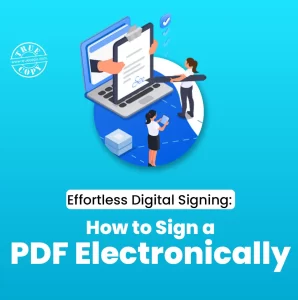Nowadays, using an electronic signature is essential for conducting business. Many organizations use electronic signatures for document signing and management because of their effectiveness and legal status. On the other hand, mishandling an electronic signature system might result in security risks, inefficiencies, and legal problems. This tutorial will examine typical errors companies make when utilizing electronic signature services and advise how to prevent them.
Lack of Compliance with Legal Standards

Ignoring legal standards is one of the biggest mistakes businesses make when implementing electronic signature systems. Not every electronic signature technology satisfies the legal requirements to guarantee the signatures’ legal force. Certain jurisdictions mandate particular validation techniques, including encryption protocols or multi-factor authentication.
It is vital to ensure that laws like the eIDAS laws in Europe and the ESIGN regulation in the United States are followed. Selecting an electronic signature solution that satisfies these requirements is essential to shield your company from lawsuits.
When choosing an electronic signature solution, consider industry-specific compliance requirements, regulatory frameworks, and how your selected platform satisfies these requirements. One such product is TRUESigner ONE, which guarantees the security and legal enforceability of electronically signed documents by providing features that satisfy many international compliance standards.
Ignoring Security Protocols
Using e-signature systems and ignoring security protocols is a big mistake. Although electronic signatures are very convenient, they must be protected from fraud, tampering, and illegal access. Many companies make the error of putting convenience ahead of security by exposing their documents.
Ensure the company providing your electronic signature services has strong encryption techniques, safe storage, and tamper-evident seals. This ensures that any modifications made to the signed document will be noted. For instance, using TRUESigner ONE adds extra security levels thanks to its sophisticated encryption and safe e-signing processes for documents.
Since cyber dangers constantly evolve, businesses should update their security measures regularly. If this isn’t done, the company could be vulnerable to expensive hacks and data leaks.
Failure to Validate Identity
Verifying the signer’s identity is a crucial mistake that is frequently made. Your company is vulnerable to fraudulent activity if you use an electronic signature system without conducting adequate identity verification. Businesses that exchange and sign sensitive documents online, like healthcare, law, and finance, are particularly vulnerable.
Ensuring that the person e-signing documents are who they say they are requires integrating strong identity authentication methods such as two-factor authentication and alternatively biometric verification. Without these safeguards, it is simple for unauthorized people to obtain critical documents.
Thanks to the use of electronic signature solutions like TRUESigner ONE, businesses may lower the risk of fraud by implementing sophisticated verification procedures that guarantee documents are only signed by verified parties.
Poor Integration with Existing Systems
Inadequate integration with current tools and workflows is a frequent issue when implementing electronic signature solutions. Your present systems, including document management software, enterprise resource planning (ERP) the other domains like customer relationship management (CRM), should work flawlessly with electronic signature technology.
Selecting an electronic signature provider that doesn’t work well with your other technologies can lead to inefficiencies, effort duplication, and a disjointed user experience. Delays in document management, tracking, and signing may result from this.
To avoid this error, choose an e-signature system that supports API interfaces and works with your current software. A versatile electronic signature solution such as TRUESigner ONE will guarantee that your process stays smooth and productive.
Inadequate Staff Training on E-Signature Technology
Many businesses implement electronic signature systems without training employees to operate them correctly. Even though e-signature technology can be simple to use, staff members must be aware of all the functions that are accessible, such as using security procedures and e-signing papers.
Inadequate training could prevent employees from unintentionally overlooking important procedures, such as secure document storage or identity verification, which could result in security flaws or noncompliance with regulations. In addition, if staff members find the new technology uncomfortable, they may go back to using manual procedures, negating the original goal of implementing electronic signatures.
You must offer continuous training and assistance to ensure that staff members feel comfortable using your electronic signature system. With its user-friendly interfaces and strong customer service, TRUESigner ONE helps organizations onboard employees with the least hassle.
Summing up
Although electronic signatures are an effective tool for modern business, inappropriate use can result in expensive errors. Businesses should prioritize identity verification, system integration, strong security, legal compliance, and sufficient staff training to ensure the effective deployment of an e-signature solution.
By avoiding these typical blunders, your company may fully benefit from electronic signature services and ensure that papers are signed electronically in a safe, legal, and effective manner. Businesses may avoid these possible hazards using solutions like TRUESigner ONE, which offers a seamless, safe, and compliant e-signing platform.



